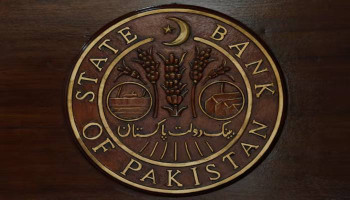
Pakistan's Finance Minister Muhammad Aurangzeb has suggested that the country's central bank could cut its key policy rate further this year, citing a decline in average and core inflation.
The current policy rate is at 11% but he sees "room to do more for borrowing costs" for businesses and individuals.
Speaking to media outlets on Wednesday, Aurangzeb clarified that it is the role of the State Bank of Pakistan (SBP) and the Monetary Policy Committee in the first place to make interest rate decisions, but he believes that it can "go south" before the end of the year to support economic activity.
The SBP kept the rate at 11% on July 30, an unexpected move for many analysts who expected a cut. The bank cited risks to its inflation outlook from increasing energy costs for keeping the rate unchanged and scheduled its next interest rate decision for September 15, according to the state bank calendar.
Aurangzeb linked any monetary easing to the broader stability of the economy and said, "there is a close connection between security and the economy."
He mentioned elements of recovery; the stock market is up 60%, there are new investors with a growth in their ranks, company registrations are up by 250,000, and private-sector lending is up 38%.
He also highlighted reduced electricity tariffs, expected lower energy costs, and ongoing tax reforms. The government, he said, is cutting down the size of 45 ministries and speeding up the privatisation of state-owned enterprises. Agreements with China are advancing, and plans are in place to issue Panda Bonds by year-end.
















